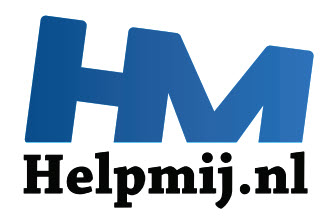Pieter Arntz
Spywareslayer
- Lid geworden
- 12 aug 2001
- Berichten
- 15.621
Heb ik met veel moeite een bestand opgesnord:
http://www.helpmij.nl/forum/showthread.php?threadid=113568 en stuur het o.a. op naar Symantec, krijg ik dit terug
Maar ik kan nergens een e-mail adres vinden om de uitleg vergezeld van volgnummer naar toe te sturen.
Kaspersky en McAfee herkennen dit bestand overigens wel, dus het lijkt me fijn als Norton het ook toevoegt.
Wie o wie, weet het juiste adres om dit naar toe te sturen. (Saldos misschien, met zijn volle PB box )?
)?
Groetjes,
Pieter
http://www.helpmij.nl/forum/showthread.php?threadid=113568 en stuur het o.a. op naar Symantec, krijg ik dit terug
H:\Documents and Settings\Pieter\Mijn documenten\msconnect2.zip does not appear to contain
malicious code.
Our automated system has performed an extensive analysis on the file(s)
that you have submitted and found no evidence of malicious code. If you
have additional evidence to suggest that a malicious program still resides
in the file that was submitted to us, please contact Symantec Technical
Support for assistance.
Maar ik kan nergens een e-mail adres vinden om de uitleg vergezeld van volgnummer naar toe te sturen.
Kaspersky en McAfee herkennen dit bestand overigens wel, dus het lijkt me fijn als Norton het ook toevoegt.
Wie o wie, weet het juiste adres om dit naar toe te sturen. (Saldos misschien, met zijn volle PB box
Groetjes,
Pieter
